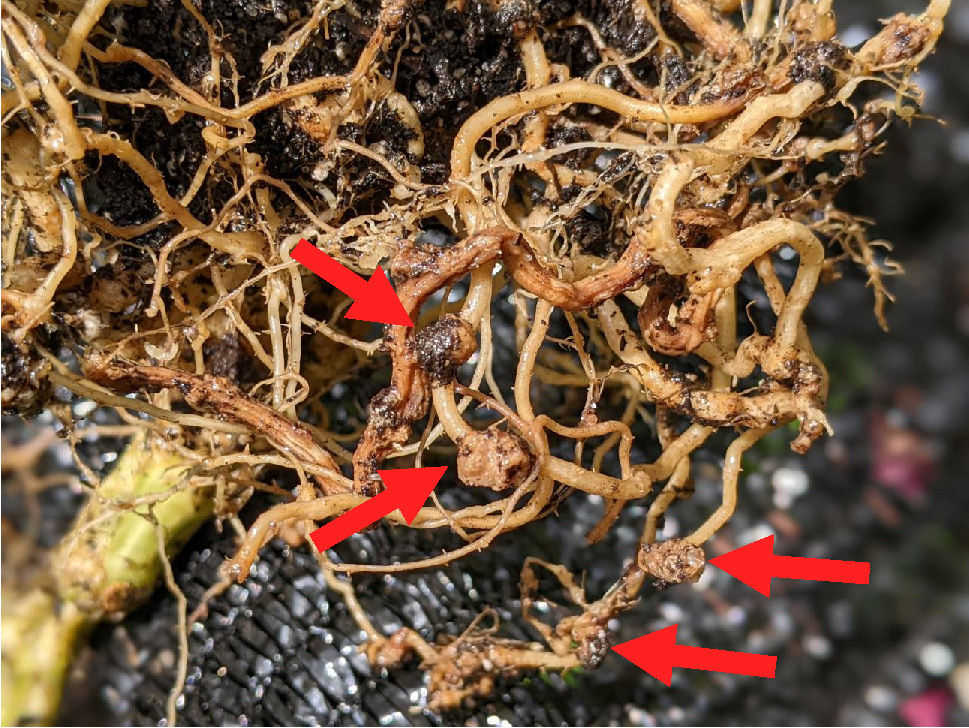Gardening in August
- Joleen OBrien
- Aug 1
- 3 min read
Gardening in August in Southern California is all about watering. The right amount and consistent watering will get your vegetables through the hottest spells that are sure to happen this month, and still provide a consistent harvest. Your native plants will weather this triumphantly with the least attention so you can enjoy the last month of summer.
In the vegetable garden you’ll want to take extra steps to protect your plants from the extreme heat waves. Water consistency is essential. Your plants will succumb to disease and damage, or die, in a short about of time when under watered. Make sure your soil is moist at all times. You may need to water every 2 two days. On days nearing 100 that may even mean watering daily.

If you haven’t mulched yet, there is the time to put down 2-3 inches. It not only helps to retain moisture but it keeps the soil and roots cooler.
Providing extra shade during this time is helpful. You can purchase shade cloths online in different percentages, 30%-50% is a good choice, white row cover material or other types, there are numerous on the market. But anything will work in a pinch – umbrellas, pop up tents, old sheets etc. Just make sure the cloth doesn’t weigh down the plants, inhibiting the leaf growth and air flow. Your goal is to provide shade during the hottest midday hours. When temperatures ‘cool’ in the 80s you can remove the shade.

Continue to fertilize, your plants will need strength and vitality to sustain during this time. Be sure to follow the manufacturers’ instructions, too little or too much can stress plants. Using organic granular fertilizer, with soil microbes added, is a great choice. Applied once a month it provides ongoing nutrients, and with organic fertilizers there is less risk of burning plants from accidental over application. In between applications use liquid fertilizers for a quick feed – these can be applied with a hose end sprayer. Give fish emulsion to herbs and greens (if you are fortunate to have any growing in this heat!), and vegetable specific mixes with a higher count of phosphorus, that is the middle number, to encourage blooms.
Keep a close watch on stressed plants and continue to harvest early morning or evenings. Since most summer vegetables prefer temperatures below 85 degrees production may slow down during this time. If the heat lasts for a long period, production is likely to be further reduced (tomatoes blossoms drop off in high heat, and green tomatoes won’t ripen). You might see some sun scald on peppers and tomatoes, adding shade will help prevent this.
It's also a good idea to ‘wash off’ your plants this month. Accumulated dust, pollen and wildfire particles interfere with sun reaching the leaves, the wash can also help prevent spider mites and other pets. Give everything in the vegetable garden a good shower in the morning before the sun shines on the plants – top and bottom of leaves. If you see aphids, give them a good blast to knock them off the plant. Or, if done in the evening be sure plants have enough time to dry before sunset, wet foliage overnight will encourage disease.
Your native plants will be fine through this hot month. But watch closely for any unusual symptoms – plants that normally don’t go dormant that appear dead, wilted or stressed. Continue your watering schedule either once a week or every other week, depending on your plant’s needs.


Birds will flit around early morning eating seeds and insects, if you listen closely there will be a hum of activity of wildlife taking advantage of cooler mornings.
In August the shorter days start to be more noticeable. While I like the cool mornings, it is also a pleasant way to end the day by visiting the garden before sunset when the heat of the day has let up. Pick native flowers to bring inside and harvest some vegetables for supper!




Comments